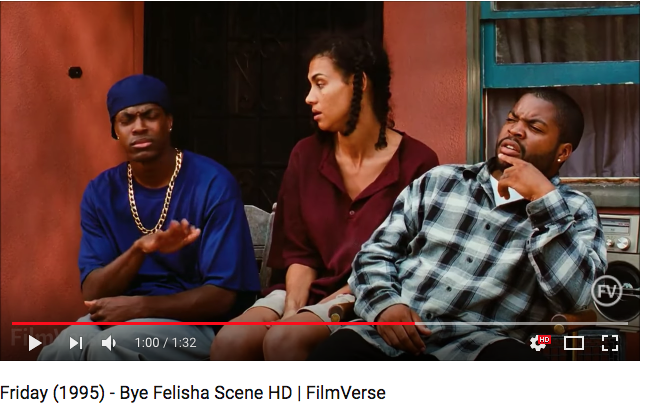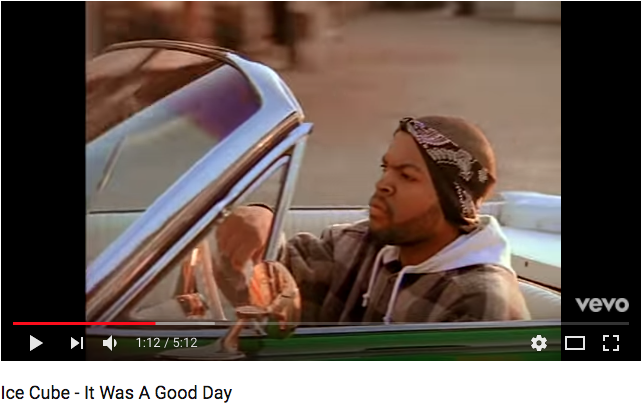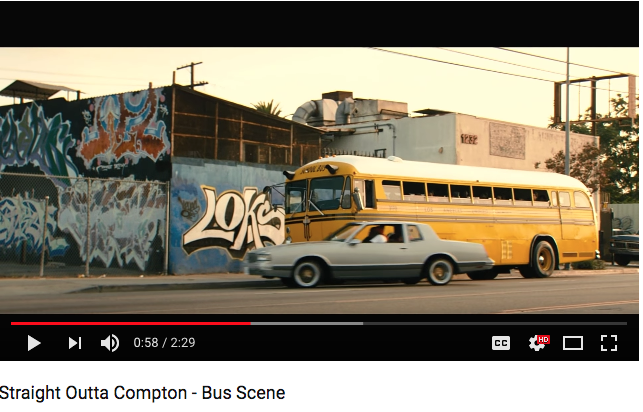Research on Krispy Media. I chose Krispy Media because they influence me. Firstly, the owner of Krispy media is a young film maker named Chris Petruccio aged 25 who lives in New York. Here is some things about him from his website “In 2009 he started out making YouTube videos. His audience then quickly grew to over 50,000 subscribers, he started to realize then just how much he wanted to be involved with social media and interact and work with others. That passion of video making slowly gave him a passion for the automotive culture. He has traveled to every car show around getting more and more practice behind the lens. Started setting up shoots and noticed he liked cars but he also liked the art of videography and photography. Secondly, Krispy media goes around the world from car events in the UK and even Dubai he takes excellent videos and photos.
(Analysis of Krispy Media Photo)(Below)

This is my favorite photo by Krispy media. Firstly, the cinematography he uses in this photo is amazing, he uses a frame within a frame angle you can tell that he is using a frame within a frame angle because there is something on the left side of photo. Secondly, the lighting in this photo is perfect it not to dark or bright and you can see the shadows which is good. Moreover, The tone used in the photo is good, you can see the reflection on the car bonnet also the picture was retouched with photoshop the colour correction looks clean and professional and the car seems bright compared to the background which is dark.
This photo inspires really inspires me because Chris (Owner of the Photo) took his time with this photo for example the colour correction is perfecting and that how I want my photo to look like when I do a photo catalog. I have previously taken photo of cars and retouched them on photoshop but doesn’t look as perfects as this photo. The main thing why this photo inspires me is the colour correction.
Examples of Krispy Media Work

Library Research
1st Book (Source CWC Library)
Author: Leonard Maltin
Title: The Art of The Cinematographer
Publisher: Dover Publications; Revised edition edition (November 1, 1978)
“The Art of the Cinematographer” establishes the history of Cinematography and how it has developed which is very important to me especially when I am filming my final major project because I am going to use a range of cinematography such as over the shoulder shot, panning shots , tracking shots e.g.sideways camera movement and dutch angle.
Secondly, In this book written by Leonard Maltin, It talks about how motion picture camera was initially introduced in 1890’s however stories were not shown on film until the turn of the century. Thirdly, Billy Bitzer was the first cinematographer who ‘filmed the ideas of D.W. Griffith’.
A word from the book that repetitive “auteur” which means “ a film director who influences their films so much that they rank as their author” and happened as they believed the 1970’s would be the film decade.
Examples of Film Director who rank themselves as an author are: John Ford, Alfred Hitchcock, Howard Hawks, William Wyler, Vittorio De Sica and David Fincher. I would consider as myself as a film director.
Moreover, A quote from from the book “it’s no insult to any director to acknowledge the assistance he received from his cast, writer, editor, composer and staff of technicians” this is inspiring because I am going to have help from other people. The reason is because I need some extra equipment and a second opinon on camera shots and the lighting while filming a promotional video. They are also more experienced at film at night and I can gain experience from them because I am experienced filming in the daytime and if I did not have help I would probably struggle.
2nd Book (Source Google Books)
Author: Blain Brown
Title: Cinematography theory & practice.
Publisher: Focal Press; 2 edition (27 July 2011)
“Cinematography theory & practice” is about how to use cinematography and the different types of cinematography you can use for both beginners and professional filmmakers . Some of the stuff they talk about is how to use the equipment such as circle track moves and crane moves.
Firstly, this book was written by Blain Brown and it talks about a variety of cinematography techniques. In February 13, 1895 cinematography was invented.
Secondly, Blain Brown was educated at C.W. Post College; M.I.T. and Harvard Graduate School of Design. He began in New York as a commercial still photographer before moving into the film business. After working as a gaffer, be became a cinematographer doing primarily commercials and music videos. After completing his first feature film, he moved to Los Angeles where he has been Director of Photography on 14 feature films as well as national commercials, promotional films, industrials, music videos and documentaries. He has worked in many states in the U.S. as well as Mexico, Canada, India, Italy, France, the Philippines and Jordan. His experience includes working on c v35mm and 16mm projects, as well as 24P High Def, DigiBeta, BetaSP and DV. He has worked as a director, editor and screenwriter; as well as producing three screenplays. He has also taught courses in storytelling and visual communication. He is currently a Director of Photography and specialises in feature films and commercials, he is now based in Los Angeles. His books include A Sense of Place; Motion Picture and Video Lighting.
Overall, The book is about cinematography and the different ways to use it and to gain practice if you are not perfect with cinematography.
This book helps me a lot with my Final Major Project because I am creating a promotional video and I want to use a lot of different cinematography such as circle track move.
(Source- https://www.amazon.co.uk/Cinematography-Theory-Practice-Cinematographers-Directors/dp/1138940925)
Ace Cafe Research

Address: Ace Corner, N Circular Rd, London NW10 7UD
Website: london.acecafe.com
Phone: 020 8961 1000
The Ace Cafe opened in 1938 and was open for 24 hours every day, with it’s target market being motorcyclists. It became famous due to the attendance of the Ton Up Boys in the 1950s and the Rockers in the 1960s and was the place the motorcycling influencer Bill Shergold came to welcome them to the 59 Club. The cafe was rebuilt in 1949 after being destroyed in a World War II , and is now historically a notable venue in motorcycle and automotive culture which originally operated from 1938 until 1969, then re-opened on the original site in 1997.
In 2011 they opened another Ace Cafe in Lahti, Finland. In 2013 they celebrated there 75th anniversary, and began to expand Ace Cafe opening another cafe in Luzern and then on July 2015 they opened Ace Cafe Beijing. 2017 they continued to expand opening two more cafes in Barcelona and Orlando. Ace Cafe are still planning to open more cafes for people in the automotive and motorcycle industries to hang out and meet new people nationally.
Artist Research
Gordon Willis

Gordon Willis was born in 28 May 1931 Astoria, New York City, New York, United States and he died in 18 May 2014, North Falmouth, Massachusetts, United States he was an American cinematographer. He is best known for his work on “Francis Ford Coppola’s The Godfather series as well as Woody Allen’s Annie Hall and Manhattan.”
When Gordon Willis was younger he wanted to be an actor like his parents who were both dancers and actors in a New York Theatre when ever he would go to the theatre he became interested in lighting and stage design, later turning to photography.
His First job was a “gofer” which is a person who runs errands on a film set. His father got him that job because he wanted to learn more about cameras and photography.
Broadway Theatre is located in Manhattan, New York. It opened in December 25,1924 and is one of the biggest and popular theatres in New York.
Gordon Willis’ most popular film is the Godfather part 1 and 2. In the film “low-light photography and underexposed film, as well as in his control of lighting and exposure to create the sepia tones that denoted period scenes in The Godfather Part 2. This is why I find his work inspirational and exciting and believe his work has a true sense of originality.
The last film as a cinematographer that Gordon Willis done was “The Devil Own” (1997), In the media industry he had a nickname called “Prince of Darkness” because of his lighting techniques because of the use of the shadows in the film.
Example of Gordon Willis work
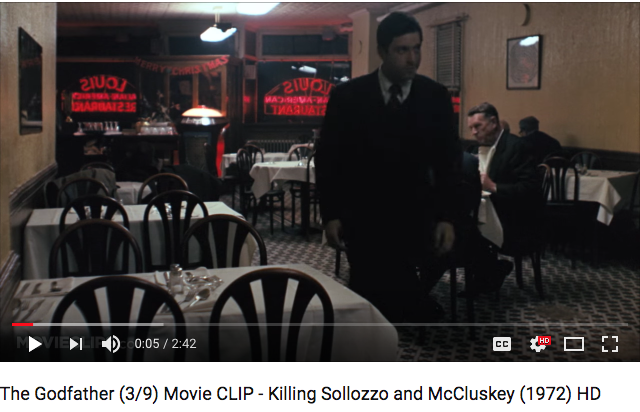
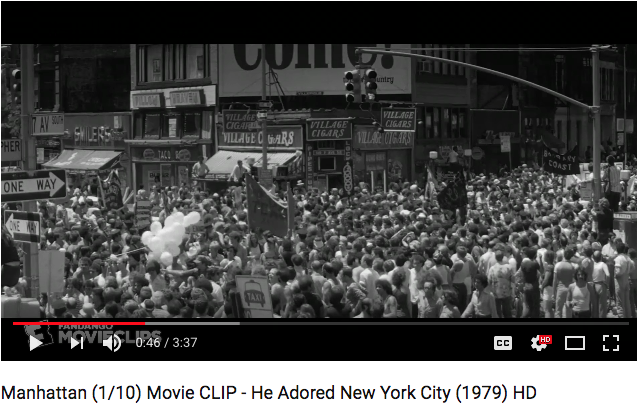
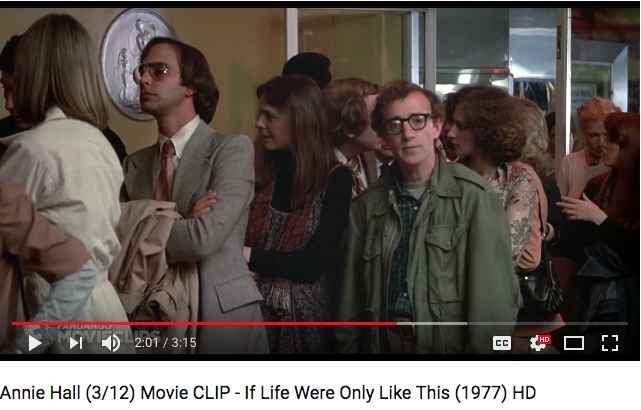
F. Gary Gray

F. Gary Gray is short for Felix Gary Gray, He was born July 17th 1969 in New York City, United States. Felix is a American film director, film producer, music video director and actor. Examples of movies that F.Gary Gray directed Friday, Straight out of Compton, Set it off, The Italian Job and The Fate of the Furious. When he directed the the 8th Fast and Furious it had the highest grossing worldwide opening ever and made $541,937,239 in the first week of the film being released. Not only does he direct films he also directs music videos, some of the award winning music videos was “It was a good day” by Ice Cube and “Ms Jackson” by Outkast.
F.Gary Gray was born in NYC (New York City) and raised in south LA (Los Angeles). In 1989 when he was 20 he appeared in a comedy film called ‘Major League’ that was the first film he was in. He then directed a music video for Ice Cube “It was a good day”, which when released went viral because the music video was a literal adaptation of the lyrics, with each shot in the video having a direct meaning from the lyrics. Felix then went onto direct music video for other favourite artists such as Cypress Hill, Outkast,
Dr. Dre, and Queen Latifah.
When F.Gary Gray was 23 he directed his first comedy film called ‘Friday’ and it was also produced by Ice cube and Chris Tucker. When that film got released Felix Career blew up even more he got asked to direct more films such as Set it off and The Negotiator and when those film got released he got an award for Best Film and Best Director award at the 1998 Acapulco Film Festival.
After wining those award he decided to switch it up and Directed ‘The Italian Job’ which is a action/thriller featuring Mark Wahlberg after that film he kept getting awards. A couple of years later Felix received a “The Ivan Dixon Award of Achievement from the Black Hollywood Education and Resource Center and was named one of the “50 Best and Brightest African Americans Under 40” by Black Enterprise magazine.” after that he still making films and keep getting multiple awards.
A quote from F,Gary Gray “I don’t have a typical filmmaker background. I didn’t grow up with a super eight camera or a video camera. I didn’t start cutting movies when I was four or five. I actually didn’t really start to get into the research of film until I was much older. I decided I wanted to direct a lot earlier than I started to do the research, which is really strange, but it is the case.” This quote shows that you don’t have to have a good camera to film video its you how you film a video.
(Source : https://en.wikipedia.org/wiki/List_of_highest-grossing_openings_for_films)
Example of F.Gary Gray
